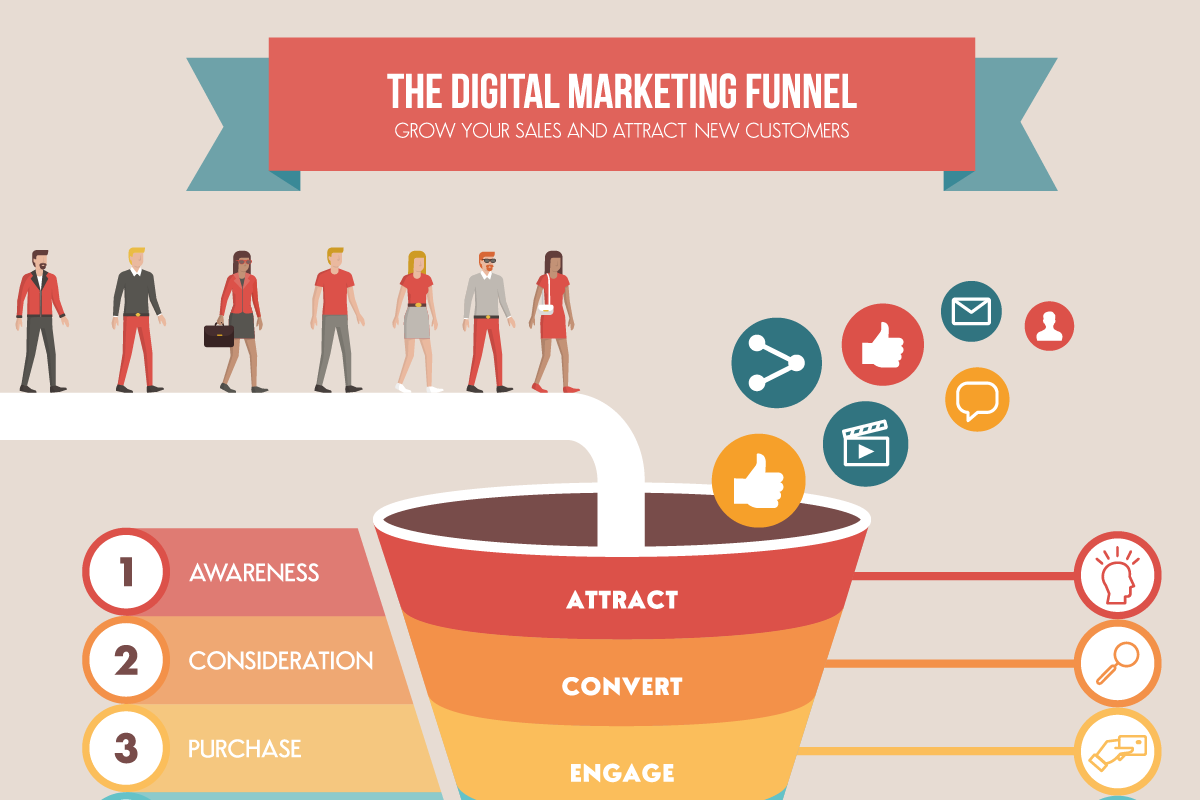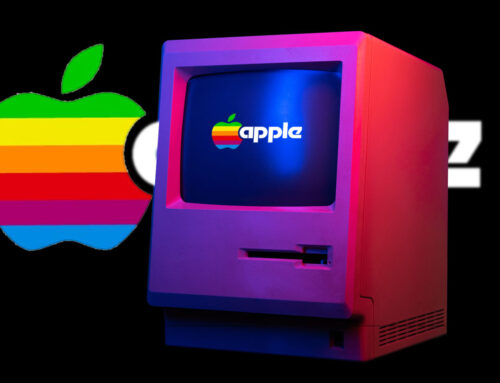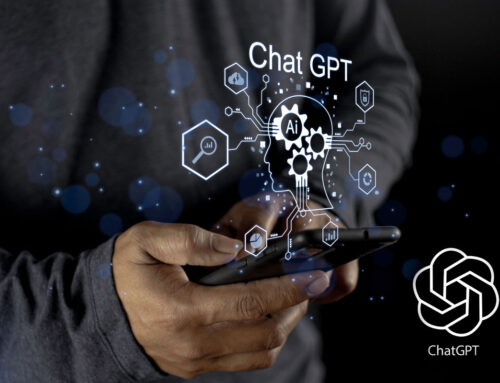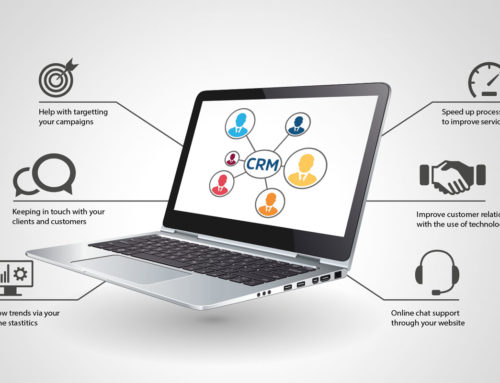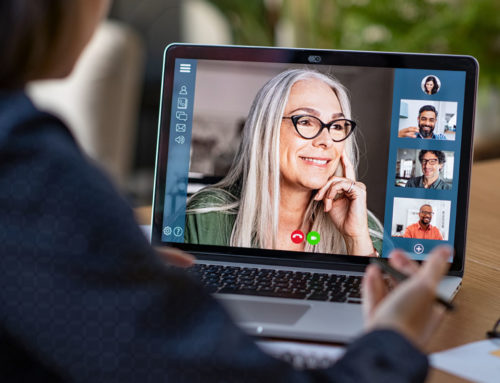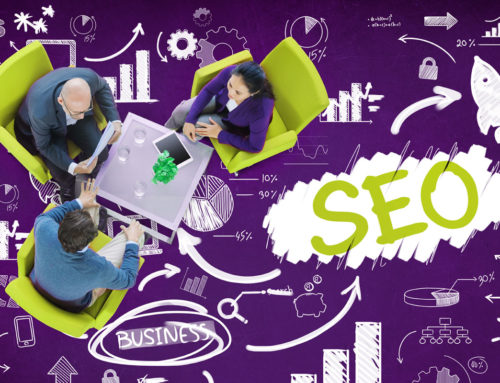There is a lot of debate surrounding the marketing funnel — from who owns it, be it marketing or sales, to whether or not it’s still relevant to today’s consumer buying process.
Here, I’ll explain what you need to know about the marketing funnel, and I’ll dive into recent changes and rising challenges for marketers. I’ll compare B2C and B2B uses of the funnel, break down the hype around the marketing vs. sales ownership debate, explain how the funnel can be flipped to create more leads, and explore nonlinear approaches to the funnel.
First, let’s establish a basic framework for the funnel, so we can better address these issues.
What is the marketing funnel?
The marketing funnel is a visualization for understanding the process of turning leads into customers, as understood from a marketing (and sales) perspective. The idea is that, like a funnel, marketers cast a broad net to capture as many leads as possible, and then slowly nurture prospective customers through the purchasing decision, narrowing down these candidates in each stage of the funnel.
Ideally, this marketing funnel would actually be a marketing cylinder, and all of your leads would turn into customers. Though this is not a reality for businesses, it is part of a marketer’s job to turn as many leads into customers as possible, thus making the funnel more cylindrical.
It’s important to note that there is not a single agreed upon version of the funnel; some have many “stages” while others have few, with different names and actions taken by the business and consumer for each. In the diagram below, we’ve done our best to pull out the most common and relevant funnel stages, terms, and actions so this information is useful to as many marketers as possible.
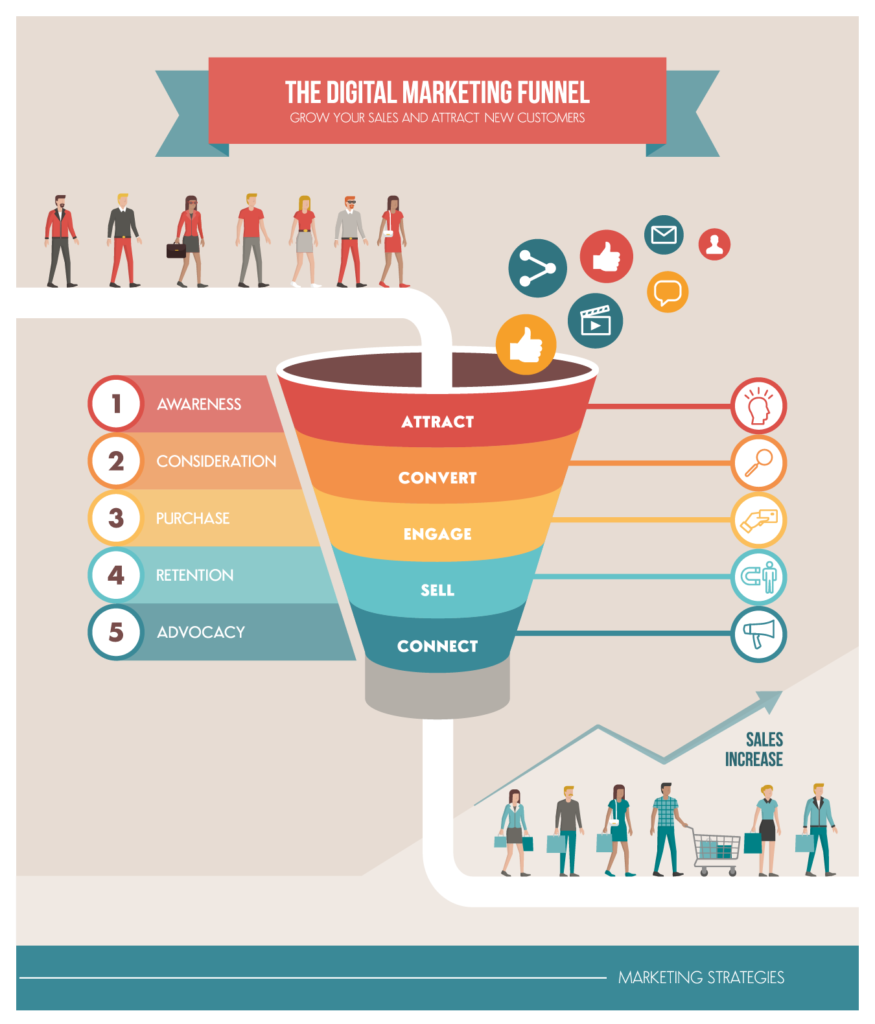
Marketing funnel stages and conversions
I’ll take you through the funnel stage by stage so you have a full understanding of how it works.
Awareness: Awareness is the uppermost stage of the marketing funnel. Potential customers are drawn into this stage through marketing campaigns and consumer research and discovery. Trust and thought leadership is established with events, advertising, trade shows, content (blog posts, infographics, etc.), webinars, direct mail, viral campaigns, social media, search, media mentions, and more. Here, lead generation takes place, as information is collected and leads are pulled into a lead management system for nurturing further down the funnel.
Interest: Once leads are generated, they move on to the interest stage, where they learn more about the company, its products, and any helpful information and research it provides. Here is an opportunity for brands to develop a relationship with the people in its lead database and introduce its positioning. Marketers can nurture leads through emails, content that is more targeted around industries and brands, classes, newsletters, and more.
Consideration: In the consideration stage, leads have been changed into marketing qualified leads and are seen as prospective customers. Marketers can send prospects more information about products and offers through automated email campaigns, while continuing to nurture them with targeted content, case studies, free trials, and more.
Intent: To get to the intent stage, prospects must demonstrate that they are interested in buying a brand’s product. This can happen in a survey, after a product demo, or when a product is placed in the shopping cart on an ecommerce website. This is an opportunity for marketers to make a strong case for why their product is the best choice for a buyer.
Evaluation: In the evaluation stage, buyers are making a final decision about whether or not to buy a brand’s product or services. Typically, marketing and sales work together closely to nurture the decision-making process and convince the buyer that their brand’s product is the best choice.
Purchase: You’re here! This is the last stage in the marketing funnel, where a prospect has made the decision to buy and turns into a customer. This is where sales takes care of the purchase transaction. A positive experience on the part of the buyer can lead to referrals that fuel the top of the marketing funnel, and the process begins again.
How does the marketing funnel differ for B2C and B2B brands?
To help you better understand how the marketing funnel differs for B2C and B2B brands, take a look at the modified diagram below, which outlines B2C and B2B consumer actions and conversions in each stage of the funnel.

